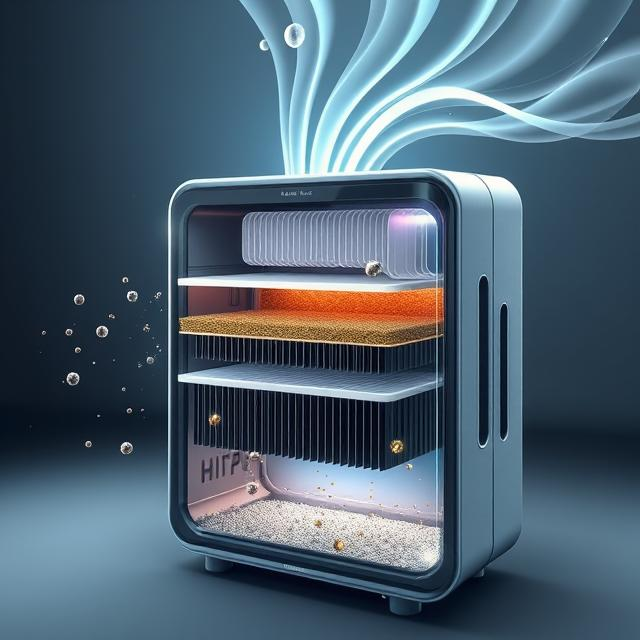As the dangers of CO, CO2, and other harmful pollutants become greater understood and known, more people have become interested in buying products to reduce these pollutants. Your house’s air quality may be suffering due to differing factors. Having pets, for example, may induce pet and fur dander. Furthermore, mold in your showers and pipes may be hurting your lungs.
Poor indoor air quality can be deadly. The World Health Organization found that household air pollution led to an estimated 3.2 million deaths in 2020. Even if poor-quality air in your house doesn’t lead to your death, it can aggravate allergies and asthma. You can reduce potential harm in your house with several air purification methods.
Here are some ways – some natural and some not – to reduce pollutants in your house’s air and make it easier to breathe.
1. Investing in a good vacuum
If you find a vacuum with the “sealed system” packaging, that means you have a vacuum that can help with air quality. “Sealed” vacuums will not expel dirty air it soaks up, but rather hold onto the air until it is expelled through a filter. Additionally, vacuums with a high-efficiency particulate air (HEPA) filter will be effective at cleaning your floor. High-quality vacuums can help clean your floors so that you don’t have particles rising into your lungs.
However, be careful of marketing scams when buying a vacuum. Most vacuums that brag about having better filters may be made without any backing.
2. If you have one, brushing your pet
Pet dander are dead skin cells that animals with fur or feathers shed that can trigger allergic reactions, dermatitis, or asthma. Pet dander can stick to furniture, clothing, and carpets. To help reduce the amount of pet dander spread, you can brush your canine companion or feline friend. Another way to reduce pet dander affecting people is to create pet-free zones and to clean frequently.
3. Check on your HVAC System
Have you looked at your HVAC system in a while? Your residential heating ventilation and air conditioning (HVAC) system helps cool you down, heat you up, and filter air particles.
According to the National Center for Healthy Housing, an outdated HVAC system may impact your air quality. It might be contaminated with bacteria, mold, or dust, due to poor air distribution or dehumidification. Not only that, your HVAC system may be spreading these pollutants from one end of your house to the other because of its integrated system. So, it’s worth giving your HVAC system a look once in a while.
4. Create your own forest with plants
The main air purifiers since the beginning of time have been plants. As you may have learned in biology class, plants take in CO2 and other toxic air pollutants and produce oxygen during photosynthesis.
According to Good Housekeeping, plants provide allergy relief, improve sleep quality, and reduce stress levels. NASA ran a landmark 1980 study that found popular houseplants diffuse toxic chemicals like Formaldehyde and Benzene. Some of the most popular plants to help purify air are snake plants, calathea pinstripes, and palm trees.




Leave a comment
This site is protected by hCaptcha and the hCaptcha Privacy Policy and Terms of Service apply.